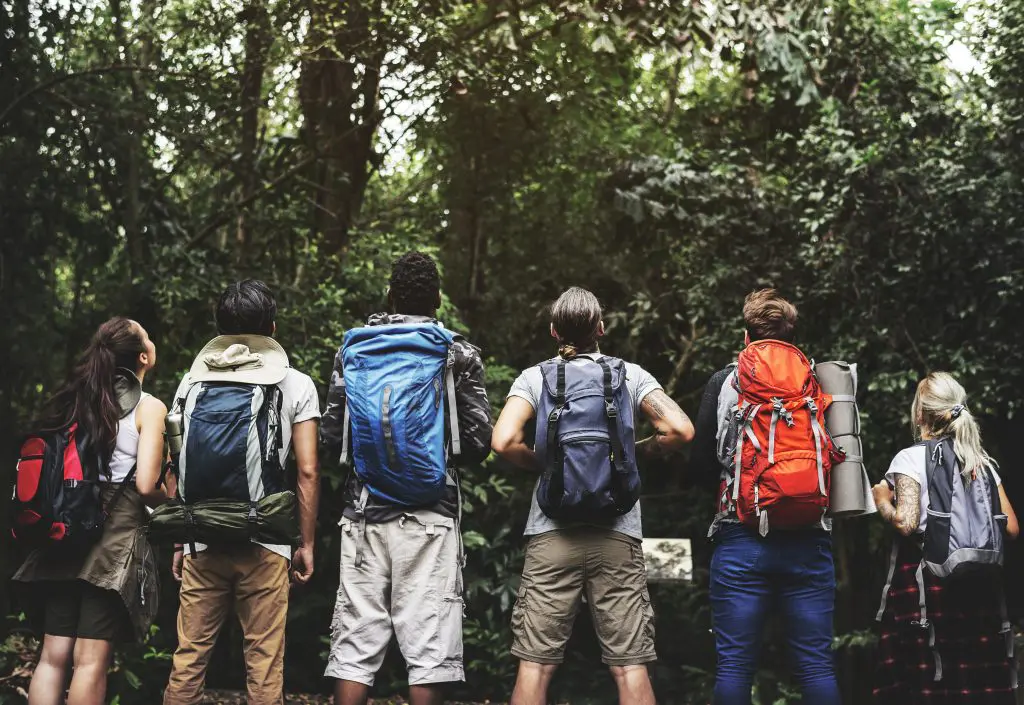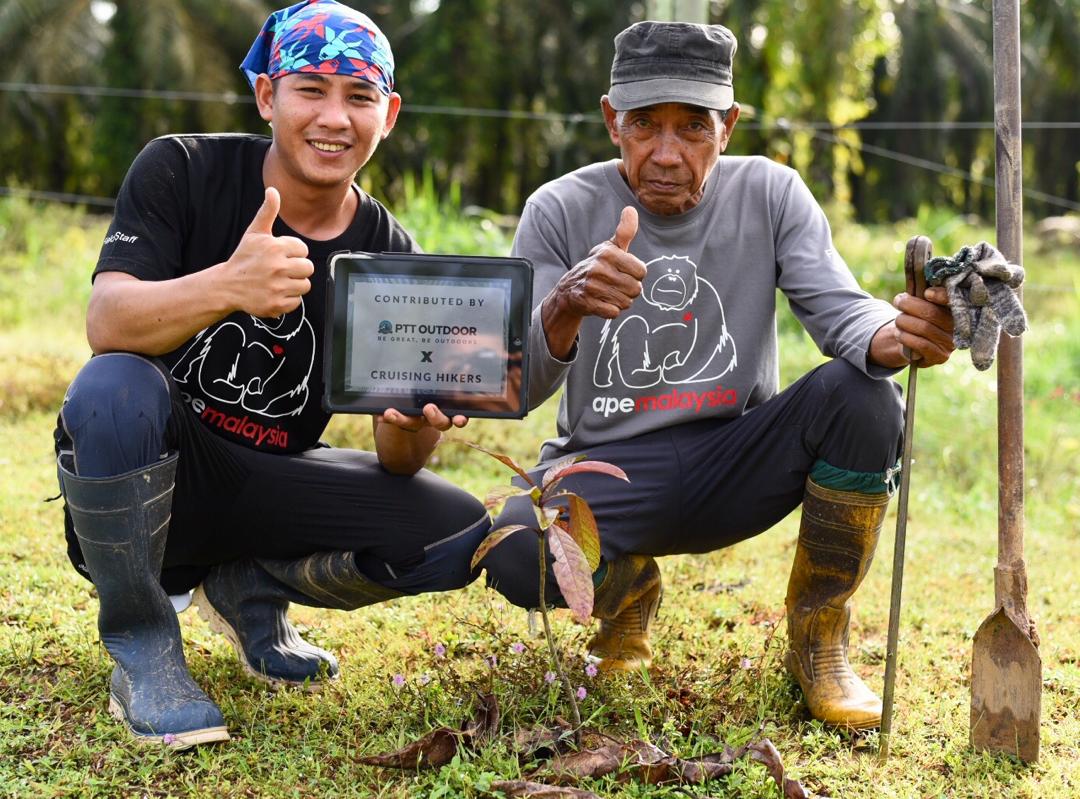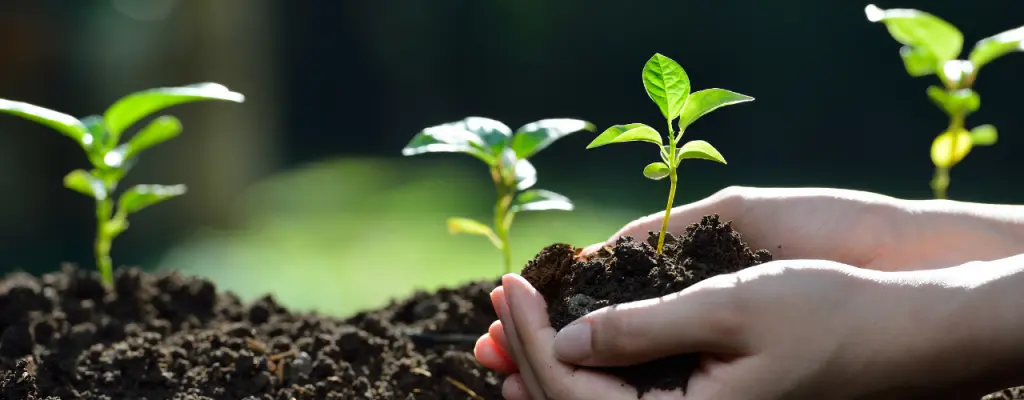
The Box Project
The Box Project is one of PTT Outdoor’s iLeaveNoTrace initiatives to encourage our outdoor community to reuse our package. The more we reuse, the less we have to dispose of, and the better it will be for the planet earth.
-
Share how you reuse our package on Instagram
-
Tag @pttoutdoor and #ileavenotrace
-
We will send you a 10% off coupon*.
Calling All Outdoor Enthusiasts
PTT Outdoor is committed to the restoration of our forests. We are gathering all outdoor enthusiasts who feel called to this mission because together we’re a powerful force of nature.
The destruction of healthy forest systems causes so many different problems. Trees provide a habitat for animals, purify water sources, control flooding and erosion and help to replenish the soil with nutrients needed for farming.
Our goal is to make it as normal for everyone to give back to the nature as it currently is to take nature for granted. If you’d like to be a part of our mission to reforest the planet, we are now contributing a part of the proceeds for every item purchased from the iLeaveNoTrace collections to plant a tree on your behalf.


PTT OUTDOOR x APE MALAYSIA
We are partnering with APE Malaysia to help restore the Lower Kinabatangan Wildlife Sanctuary, located at the lower reaches of the Kinabatangan River). According to WWF, the LKWS is ’arguably the last forested alluvial floodplain in Asia and an area of enormous importance for wildlife and the local community’.
The sanctuary is currently managed by the Sabah Wildlife Department and is home to a number of endangered wildlife such as the Borneo pygmy elephants, Borneo orangutan, Sumatran rhinoceros, Malayan sun bear, clouded leopard, bearcat, hornbills and more.
Shop for a cause
Every purchase helps restore the forests.
Frequently Asked Questions:
Trees are quite valuable, though the value varies from place to place and by the types of trees planted. While trees can provide many useful products, such as fuelwood, fodder, fruits, fertilizers, oils, and construction materials, the majority of our trees are planted by people to establish and maintain the reforestation of green corridors along the entire length of the river Kinabatangan, in order to reconnect orang-utan and pygmy elephant populations, maintain genetically viable populations and ensure the sustainable use of the riverine forests for human development, rather than for direct material gain. Therefore, we do not put a dollar value on each tree.
As we reconcile the number of trees planted on a quarterly basis (for planning and verification purposes), we are able to address this issue – therefore trees will not be planted for a returned item. In most cases, however, the item is later re-purchased and we do plant the trees.
The trees that are planted on APE Malaysia site will not be cut down as these sites are gazetted as wildlife corridor by the Sabah Wildlife Department. Therefore, trees cutting and logging activities are strictly prohibited on these sites.
No, APE Malaysia do not use pesticides in the nurseries where the saplings are sourced.
Of course! However, this would require a pre-arranged group planting outing by PTT Outdoor. Please also note that there might be cost involved to cover transportation, lodging, and food. Drop us an email to let us know your interest or subscribe to our newsletter to stay updated.
At the end of every three months, we compile the proceeds collected and distribute them to APE Malaysia to be planted amongst the area with the greatest need for trees, space, trees available, and people available to plant. The planting sites are located along the Kinabatangan River in Sukau, Sabah.
This depends entirely on the species that is planted, where it’s planted, and if the tree is in a good mood or not! With proper maintenance and care, the trees will take between 2 to 4 years to grow taller and then, they will be able to grow independently without human care.
They grow! We don’t just employ the volunteers and villagers to plant the trees and call it a day. Part of our process is teaching them the what, why, where and how of reforestation. After the tree was planted, they will need time to grow into a mature tree that will provide shelter and food to the wildlife in the area. For the first 4 years, the tree will require care and maintenance that is usually carried out by the local villagers hired to look after them. After the 4-year period, most of the trees will be matured enough to grow on its own.
The issue of invasive species is something we deal with in as careful a manner as possible. We primarily use indigenous trees native to the Kinabatangan river for reforestation on APE Malaysia sites. One of the main criteria is finding trees that will grow quickly and will establish an environment that allows for the native flora to return. Therefore, the saplings used are a mixture of fast-growing pioneer trees and soft to medium hardwood trees. These trees are all fruit-bearing tree species which are an important food source for the local wildlife. The different tree species used have a different fruiting cycle to ensure food sources are constant for the wildlife. Some of the favourite trees planted, Bangkal (Nauclea sp), Laran (Anthocephalus sp), Binuang (Octomeles sp), Ketapang (Terminalia sp) and Kayu Malam (Diospyros sp), are used by orangutans for nest building.
You can contact APE Malaysia and verify with them that our contributions, both financial and in person, have been made.
APE Malaysia primarily use tree species that are native to the floodplain area. In order to restore the biodiversity, we must plant multi-purpose, fast-growing trees to create conditions that allow the native species to thrive. One of the main criteria is finding native trees that will grow quickly and will establish an environment that allows for the native flora to return. Other criteria include water-tolerant and fruit-bearing which helps the ecosystem.
Photos and GPS location of the planting sites where the trees have been planted will be provided by APE Malaysia and shared on PTT Outdoor social media. Follow us to stay updated or you can also request from APE Malaysia.


